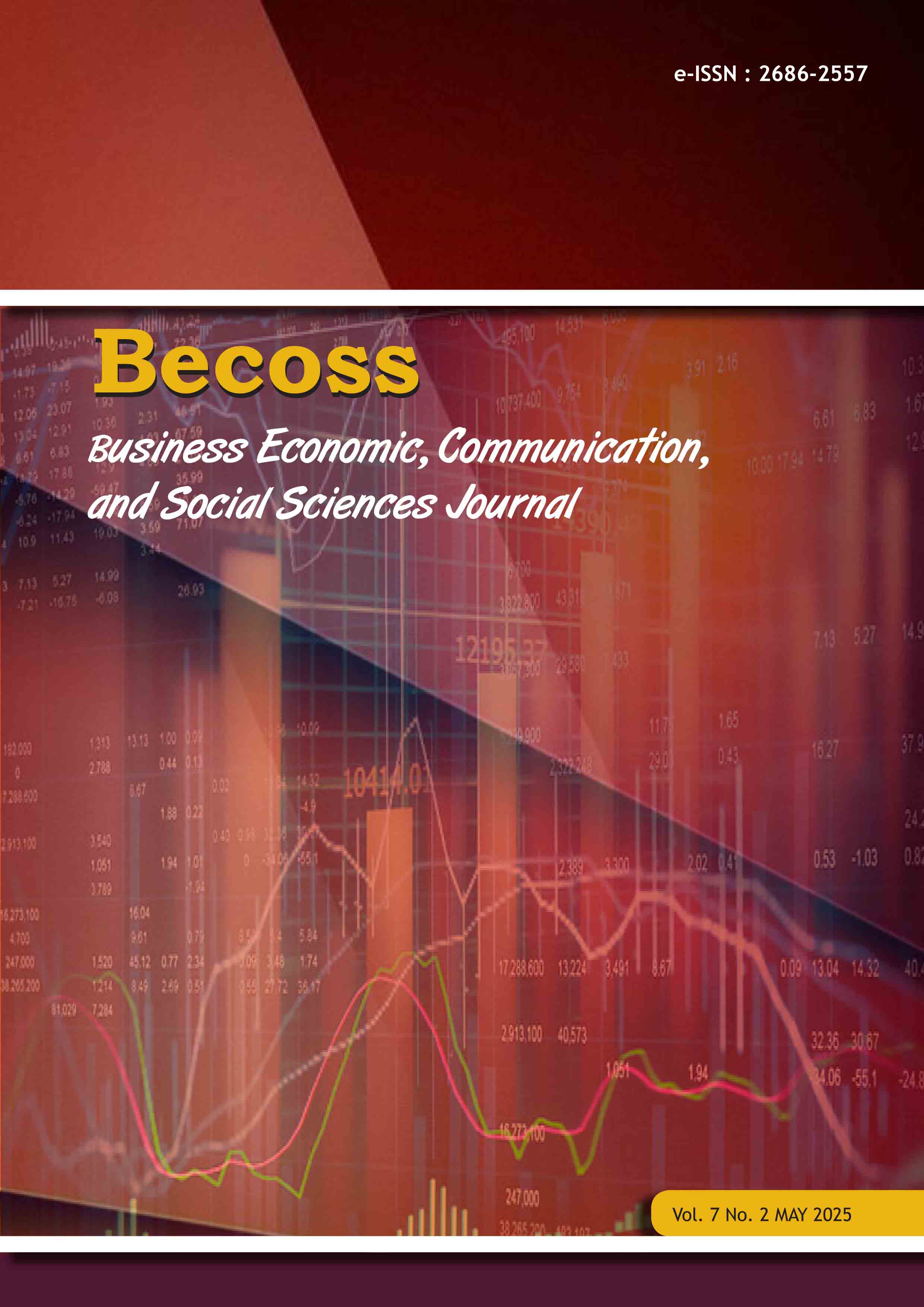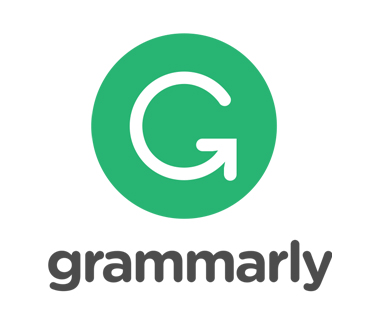Tourists’ Motivation in Focus: Contrasting Push and Pull Factors of Tuba’s Adventure Tourism
DOI:
https://doi.org/10.21512/becossjournal.v7i2.13344Keywords:
Adventure Tourism, Soft Adventure Tourism, Hard Adventure Tourism, Tourist Motivation, Push and Pull MotivationAbstract
This study examined the motivational factors that influence participation in soft and hard adventure tourism in Tuba, Benguet. Soft adventure activities in the area include camping, swimming, and nature walks, while hard adventures involve hiking, cave exploration, and ziplining. The objective of the research was to compare the motivations of tourists and locals to provide a clearer understanding of how these factors differ and overlap. A qualitative comparative approach was used, and participants were selected through snowball sampling. Data were collected through interviews with 25 participants, composed of 16 tourists and 9 locals. Responses were analyzed using thematic analysis to identify recurring patterns and themes. Results show that soft adventure tourism is mainly motivated by low engagement and leisure, while hard adventure tourism is driven by thrill-seeking and adrenaline. Both groups, however, share motivations related to personal growth and fulfillment, balancing relaxation and challenge. Push and pull factors such as social influence, personal priorities, convenience, and accessibility also play a significant role in shaping participation. The study concluded that although soft and hard adventure activities differ in their primary motivational drivers, they also share important similarities. These findings provide useful insights for tourism development in Tuba, emphasizing the need to improve accessibility, design packages suited to different adventure levels, and promote activities that appeal to both tourists and locals.
References
Akaho, Y. (2024). Conceptualizing the adventure tourist as a cross-boundary learner. Journal of Outdoor Recreation and Tourism, 47, 100795–100795.
Alwi, M. K. (2020, September 10). Hard and Soft Adventures, what are they?
Arquinez, A. M., Cueto, Z. A., & Calinao, R. J. (2020). Reasons for engaging in adventure tourism in Donsol, Sorsogon. Reasons for Engaging in Adventure Tourism in Donsol, Sorsogon, 4, 1–15.
Bentley, L. (2024). Psychological Benefits of Adventure Tourism. Integrated Journal for Research in Arts and Humanities, 4(2), 97–103.
Bichler, B. F., & Peters, M. (2020). Soft adventure motivation: an exploratory study of hiking tourism. Tourism Review, 76 (2), 473–488.
Bui, N. A., & Kiatkawsin, K. (2020). Examining Vietnamese Hard-Adventure Tourists’ Visit Intention Using an Extended Model of Goal-Directed Behavior. Sustainability, 12(5), 1747.
Duong, L. N., Pham, L. H., & Hoang, T. T. P. (2023). Applying push and pull theory to determine domestic visitors’ tourism motivations. Journal of Tourism and Services, 14(27), 136–160.
Erich, Fromm. (2024, July 11). Push and Pull Theory of Motivation -Psychology for everyone. Psychology for everyone - Making Psychology easy for you!
Gilpin, J. (2023, January 4). Soft Adventure tourism: the next global travel trend - outfitter bicycle tours. Outfitter Bicycle Tours.
Guests, G., Namey, E., & Chen, M. (2020). A simple method to assess and report thematic saturation in qualitative research. PLoS One, 15(5), 1–17.
Güzel, Ö., Sahin, I., & Ryan, C. (2020). Push-motivation-based emotional arousal: A research study in a coastal destination. Journal of Destination Marketing & Management, 16, 100428.
Hilotin, G. (2024, November 19). TUBA BENGUET TOURIST SPOTS + ITINERARY (2024). The Pinay Solo Backpacker Itinerary Blog.
Hoang, S. D., Pham, T. P., & Tučková, Z. (2022). Tourist Motivation as an Antecedent of Destination and Ecotourism Loyalty. EmergingScience Journal, 6(5), 1114–1133.
Janowski, I., Gardiner, S., & Kwek, A. (2021). Dimensions of adventure tourism. Tourism Management Perspectives, 37,100776.
Kalbekov, E., & Turdumambetov, B. (2024, April 30). Adventure Tourism Motivations.
Khanolkar, V. (2022, August). A Study of Factors Motivating Adventure Tourism. Research Gate.
Lujun, S., Binli, T., & Nawijn, J. (2021). How tourism activity shapes travel experience sharing: tourist well-being and social context. ScienceDirect, 91.
Nguyenvan, H., Nguyen, L. D., Le, A. H.,Nguyen, H. T. M., & Dang, Q. N. (2024). Values and perceptions of customers on behavioral intentions in hard adventure tourism in the Mountain and rural areas:a comparison between Asian and Western tourists. Cogent Business & Management, 11(1).
Piya, S., Triki, C., Maimani, A. A., & Mokhtarzadeh, M. (2022). Optimization model for designing personalized tourism packages. Computers & Industrial Engineering, 175, 108839.
Puhakka, R. (2023). Effects of outdoor adventures on emerging adults’ well-being and connection with nature. Journal of Adventure Education & Outdoor Learning, 24(4), 719–734.
UNWTO. (2022, October 25). Updates, Insights, and News from FutureLearn | Online Learning for You. FutureLearn.
Webster, W. (2024, October 21). What is data saturation in qualitative research? - Qualtrics.Qualtrics.
Wörndl, W., & Herzog, D. (2020). Mobile Applications for e-Tourism. Handbook of E-Tourism, 1–21.
Downloads
Published
How to Cite
Issue
Section
License
Copyright (c) 2025 Rachel Laleo, Maricar Angel Dalisay, Shanley Vanness Dixon, Zhyriene Shayne Bastasa, Trishia Mae Petalver, Sandara Jhunalyn Cudapas, Amety Kaith Rosimo, Patti Betina E. Chan

This work is licensed under a Creative Commons Attribution-ShareAlike 4.0 International License.
Authors who publish with this journal agree to the following terms:
- Authors retain copyright and grant the journal right of first publication with the work simultaneously licensed under a Creative Commons Attribution License - Share Alike that allows others to share the work with an acknowledgment of the work's authorship and initial publication in this journal.
- Authors are able to enter into separate, additional contractual arrangements for the non-exclusive distribution of the journal's published version of the work (e.g., post it to an institutional repository or publish it in a book), with an acknowledgment of its initial publication in this journal.
- Authors are permitted and encouraged to post their work online (e.g., in institutional repositories or on their website) prior to and during the submission process, as it can lead to productive exchanges, as well as earlier and greater citation of published work.
USER RIGHTS
All articles published Open Access will be immediately and permanently free for everyone to read and download. We are continuously working with our author communities to select the best choice of license options, currently being defined for this journal as follows: Creative Commons Attribution-Share Alike (CC BY-SA)






